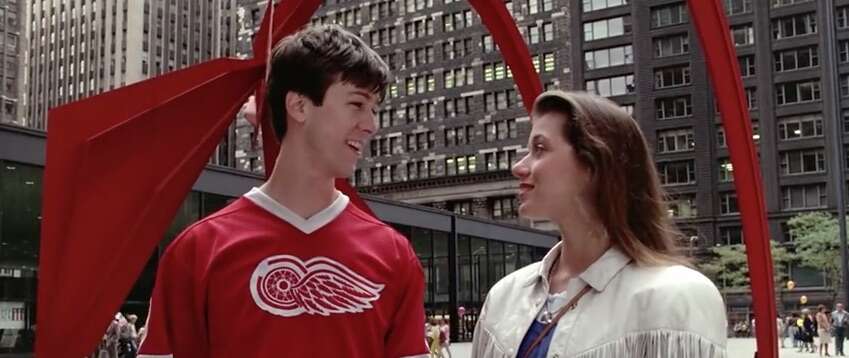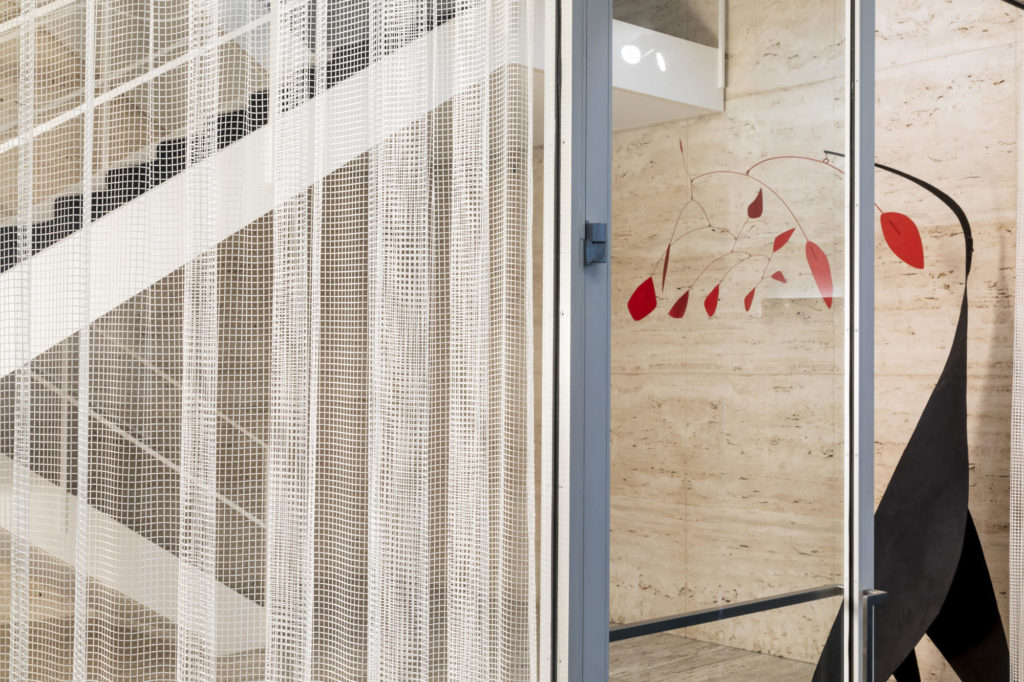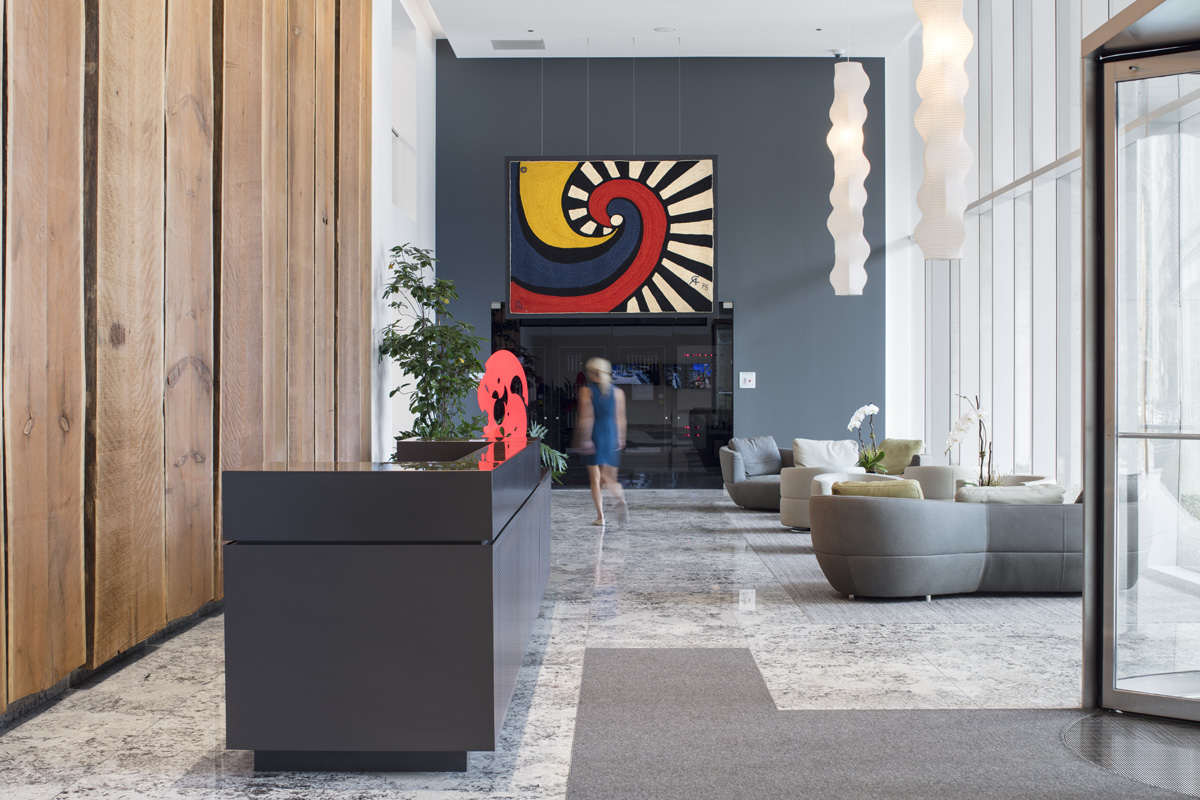On a fall day in October of 1974, Chicago unveiled a majestic new piece of public art: a grand steel archway in a striking red color. Alexander Calder’s Flamingo officially made its mark on Chicago’s Federal Plaza, and has been an icon ever since. In honor of the sculpture’s debut, October 25, 1974 was dubbed “Alexander Calder Day,” and featured a circus parade to celebrate the artist’s great contribution to the city and to the greater world of art.
Although Alexander Calder Day officially occurred 46 years ago, Calder’s impact is still monumental, both in Chicago and around the globe. Alexander Calder’s legacy includes collections at notable museums around the world, large scale public works and a posthumous Presidential Medal of Freedom awarded by President Gerald Ford (although the Calder family boycotted the ceremony). And Flamingo has its fair share of fame as well (even earning a scene in the movie Ferris Bueller’s Day Off).

Whether it’s his work hanging in our own buildings or his impactful public artwork, we hold Calder’s work and legacy in high honor. From our team at Optima, Happy (slightly belated) Alexander Calder day!




